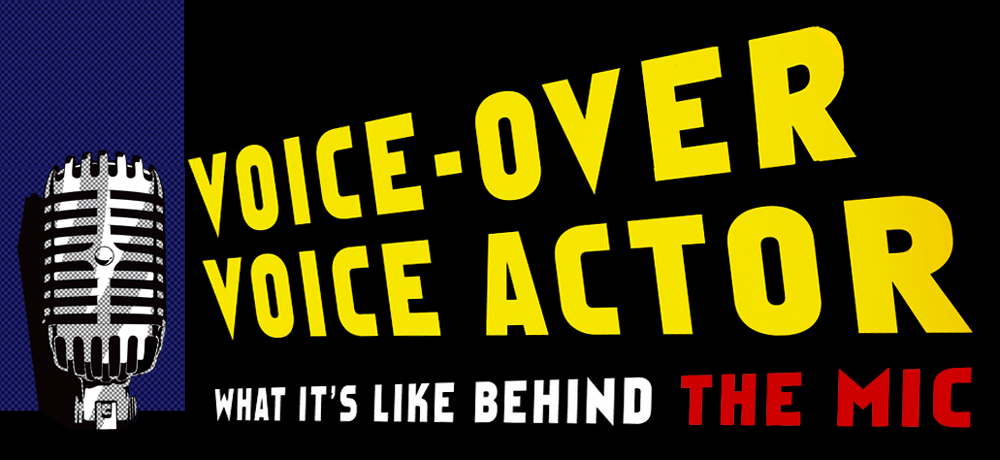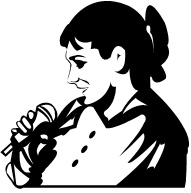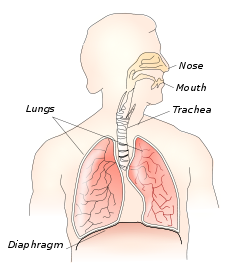Voice Over Essential Tip: Know Your Voice!
 This is something that can’t be said enough: you must know your own voice. No matter how long you’ve been living with your voice and how well you think you know it, you’re about to start doing things with it that you’ve probably never done before. So take the time to get friendly with your beautiful and unique pipes. You’ll learn to recognize your limits and your strengths.
This is something that can’t be said enough: you must know your own voice. No matter how long you’ve been living with your voice and how well you think you know it, you’re about to start doing things with it that you’ve probably never done before. So take the time to get friendly with your beautiful and unique pipes. You’ll learn to recognize your limits and your strengths.
Believe it or not, if you don’t know your voice, sometimes booking the job is the worst thing you could do! For example, let’s say you really push your voice way out of your comfort zone in the audition, and you book the job. Well, that’s great, you got the job! But now you have to do that voice (maybe for 52 episodes!), and if you’ve made a choice that your vocal apparatus can’t keep up with (say, a deep gravelly voice that you can only maintain for a few minutes before you get hoarse or keel over in pain), then you’ll end up embarrassed because you’ll have to back out of the project, and the producers will have to find someone else.
In that case, everyone loses, and no matter how many times you apologize, everyone will remember what a snafu you caused. We’re gonna bet most voice actors have a story like this; and you only need one such experience – where you risk losing your voice (and your pride) – to drive home the importance of knowing your own limits.
This isn’t to say you shouldn’t push yourself or that it isn’t possible to expand your range. That’s the fun part! But the key here is staying healthy. Start by becoming conscious of when you are speaking on your voice or off your voice. Just as our fingerprints are unique to each of us, our vocal folds vibrate to create specific vocal patterns which make up our personal and unique vocal signature. Practice creating interesting and specific characters with the voice you have, and not the voice you wish you had.
Sure, it’s possible to imitate someone who has a similar sound or register, but ultimately we are each built differently, and our vocal quality is one more example of this. (You really are unique, just like your mom told you.)
You can expand your healthy voice range just as you would build muscles at the gym – by working out. Taking a singing class or voice class can often provide you with the exercises you need to broaden your range.
+++++++++++++++++++++++++++++++++++++++++++++++++++++++++++++++++++
Check out our VoiceOverVoiceActor website for more tips and exercises. We post daily VO tips on Facebook and Twitter, and our book, Voice Over Voice Actor: What it’s like behind the mic includes a wealth of exercises to build your voice and keep it ready for a successful voice over career!






